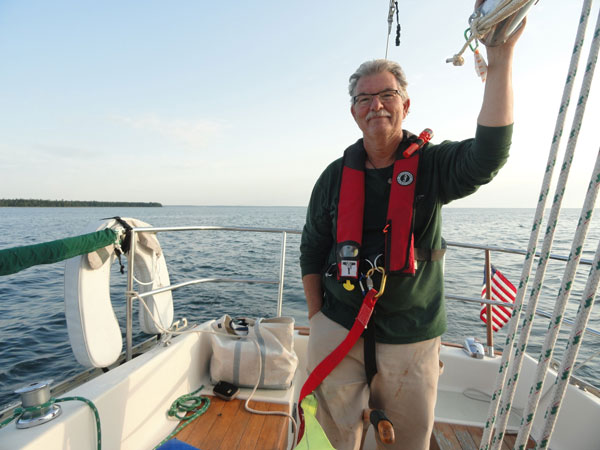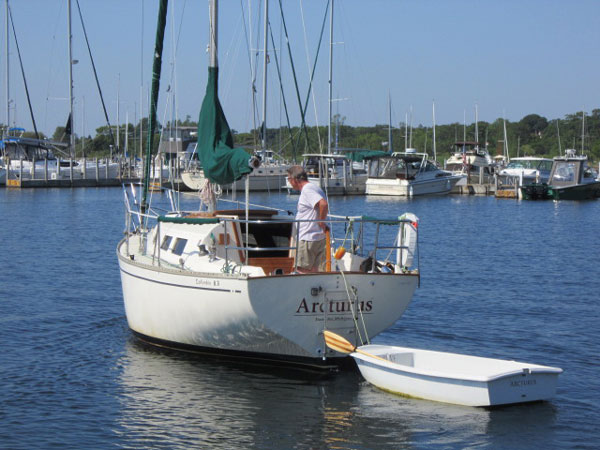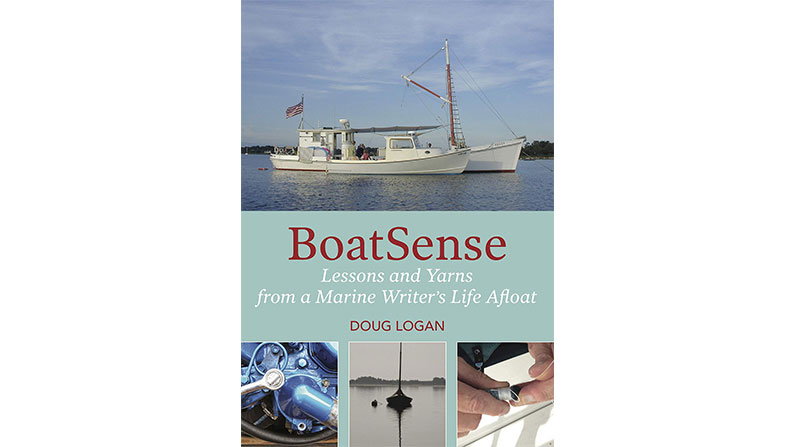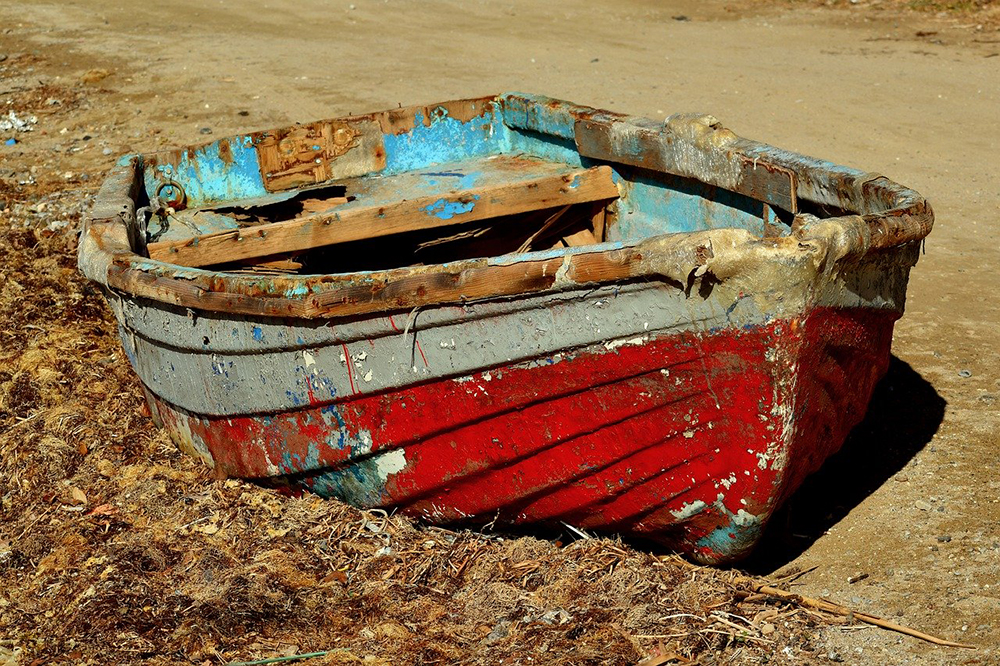
Novice, beginner, nimrod, greenhorn; we have all been this kind of sailor at one time or another. Many of us still are, and so this is written for you. You are the ones who have not (yet?) sailed on an ocean, let alone across an ocean, but have cut your teeth on a pond or larger lake in a summer camp Sunfish or a friend’s old Chris-Craft sloop.
Perhaps you have been guided by a skilled instructor, or someone who was at least generous and patient enough to invite you along and let you absorb all you could before giving you a job and gently correcting your errors before the winds rose and failure to do the right thing really mattered. You are likely amazed, confused, and bewildered at the sailing-related terminology; and will for years remember hearing your mentor saying “come up” or “fall off” when you didn’t know what it meant for sure nor whether to push or pull the tiller to make it happen.
As you have learned, or will shortly, this process of learning to sail spans numerous important stages as you grow in skill and confidence. It may begin with bumming rides for an hour-long sail on the local bay, and progress to the point in which the helmsman trusts you enough to raise and secure the main as you set out. She forgives you when you purchase five gallons of regular grade fuel instead of premium, in a bid to help even the score a bit. “You mean the outboard doesn’t run on regular? Sorry about that!”
At some point you realize that sailing instruction is not a discrete program from which one graduates, but the start of a long-term relationship with some form of sailboat. Inevitably, you realize that sailing could consume a goodly amount of your free time, particularly true if you are near-retirement and about to inherit a goodly amount of free time (a scenario that thankfully happened to me). While some are fortunate to discover sailing at a young age, there is hope for those of us who swallow the big one in our 60s. We buy a boat one day and pledge to sail until we are no longer physically able to climb aboard from the dinghy or trim the jib.

It’s probably a good idea to begin reading every sailing book you can get your hands on. Though not all of them are instructional by design, about all of them — if you look deeply enough — contain good advice, wisdom, and useful experience.
After reading a few books and looking at boats online and in boatyards, you will begin to imagine what your first boat might look like. Length equals dollars, so you consider what kind of cash you might be able to raise for that first sailboat, and if you see yourself sailing alone part of the time, what length of boat could you handle solo. Is it still possible to purchase a seaworthy boat for a handful of cash and a riding lawnmower? Thankfully, the answer is yes.
After the sailing bug has bitten you deeply, you are not likely to recover. You will begin to spend much of your off-the-water time making lists of things you could do on the water, and of things you need to do for your boat. First there are the safety-related items that need to be fixed or added. The old compass housing is broken and the unit no longer works without the liquid. The halyards look rotten. And wouldn’t a set of LED running lights be a lot more reliable, brighter, and easier on the batteries than the old filament ones? Who knows when the engine oil was changed; time to do that. The sails are in pretty good shape and will survive as many outings remain before you misuse the reefing lines to secure the main, instead of passing them through the grommets at the leading and trailing edges. Ah, how we live and learn.
At this point, my first mate is reminding me of several salient points I have to offer you regarding sailing and relationships. Let me start by asking: How much time do you plan on spending on the water with and without your partner along? How much does your mate enjoy being out there and what are their expectations for the newfound passion? Are they imagining a more contemplative rather than an active sport? Do they get seasick? Are you a patient and effective communicator with someone who doesn’t know tack from clew and when the wind pipes up and things need to happen now?

Your initial safety-minded lists of things to do on the boat may soon give way to lists filled with items related to the aesthetic. Varnished mahogany boxes to house the bare compass and speed meters would sure look nice. A small gimbaled oil lamp would emit a gentle luminous glow for reading at anchor. There is always a project (or ten) to do on a boat.
Keep a log to see how your sailing wings will stretch. At the outset, rounding the buoy out in the bay may suffice as a satisfying achievement. Then the end of the nearby peninsula will become the goal. Then that shoal light, some 11 miles distant to the south. Reaching that aid to navigation and returning home safely will represent a milestone equal to significant other milestones in your life that were achieved with turns of hope, trepidation, and wonder. And every trip thereafter will be a tutorial.
Along the way, don’t forget to thank the people who will always be there to help you become a better sailor, lend your own gentle hand to those in your wake, and happy boating to you.




